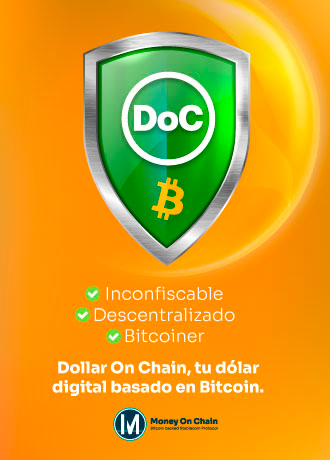El movimiento de bitcoin más grande registrado en meses —casi 800.000 BTC— hizo sonar todas las alarmas este fin de semana. Alertas automáticas, análisis superficiales y una ola de titulares llevaron a muchos a pensar que se preparaba un colapso masivo del mercado. Pero la realidad fue mucho más simple: Coinbase reorganizó su infraestructura interna, sin mover una sola moneda fuera de su control ni generar presión de venta.
La confusión revela un problema recurrente: la transparencia de Bitcoin genera datos, pero sin contexto, esos datos pueden interpretarse de manera catastrófica.
El movimiento que asustó al mercado
El 22 de noviembre, Coinbase ejecutó una de las mayores operaciones internas de reorganización de sus billeteras: migró cerca de 800.000 BTC, equivalentes a unos 69.500 millones de dólares. On-chain, ese volumen luce como 4% del suministro total de Bitcoin moviéndose de golpe.
Herramientas de monitoreo detectaron:
un enorme pico de spent outputs,
volúmenes anormales en la red,
miles de transacciones vinculadas a una sola entidad.
Para quienes no identifican entidades en la cadena, esto parecía un preludio de ventas masivas. Pero para quienes conocen cómo operan los grandes custodios, todo indicaba un proceso rutinario:
consolidación de UTXOs, rotación de claves y actualización de infraestructura para pruebas de reservas.
Coinbase lo confirmó:
“Se trata de una migración interna programada, una práctica estándar de seguridad y mantenimiento.”
Qué estaba haciendo realmente Coinbase
1. Consolidación de UTXOs
Bitcoin funciona con unspent transaction outputs (UTXOs), un sistema donde cada depósito genera una pieza independiente de valor.
Con el tiempo, los exchanges acumulan decenas de miles de pequeños UTXOs que necesitan consolidar para reducir costos de transacción y mejorar eficiencia.
Consolidar implica “gastar” esos UTXOs, aunque el destino sea otra dirección propia. Eso dispara los indicadores on-chain, pero no implica cambios de propiedad.
2. Rotación de claves (key rotation)
Los grandes custodios deben mover saldos periódicamente para reducir el tiempo en que un grupo de claves controla cantidades enormes.
Es una medida de seguridad, no una señal de riesgo.
3. Preparación para pruebas de reservas (Proof-of-Reserves)
Antes de auditorías, los exchanges reorganizan billeteras y limpian clústeres, moviendo fondos a direcciones que luego serán verificadas públicamente.
Por qué el mercado interpretó mal los datos
Plataformas como CryptoQuant y CoinGlass mostraron:
600.000 BTC como “spent outputs”
picos nunca vistos en volumen de transacciones
saltos inusuales en métricas de actividad en cadena
Pero estas métricas registran transacciones, no propiedad ni intención.
La blockchain no distingue entre:
800.000 BTC movidos entre dos billeteras de Coinbase, y
800.000 BTC movidos desde un gran holder hacia Coinbase para vender.
A menos que se etiqueten correctamente las direcciones, los datos pueden sugerir un tsunami bajista inexistente.
Incluso CryptoQuant advirtió después:
“El movimiento fue interno y puede distorsionar temporalmente las métricas de reservas de exchanges.”
Qué sí mueve el mercado (y esto no lo hizo)
Para que un movimiento de Bitcoin afecte la oferta real deben cumplirse dos condiciones:
Las monedas deben trasladarse hacia billeteras de depósito de exchanges.
Esos BTC deben quedar disponibles para ser vendidos.
Nada de eso ocurrió.
No hubo aumentos en reservas de exchanges.
No hubo entradas netas en Coinbase.
No hubo impacto en flujos de ETFs.
No hubo correlación con movimientos de precio.
En términos técnicos: fue un movimiento cero-liquidez.
La verdadera lección: interpretar datos on-chain es un arte, no una reacción automática
La comunidad cripto vive de alertas en tiempo real. Pero este caso demuestra que:
grandes volúmenes ≠ ventas
movimiento on-chain ≠ cambio de manos
gasto de UTXOs ≠ presión bajista
La blockchain es completamente visible, pero no siempre es intuitiva.
El “mayor movimiento de bitcoin del año” no fue un preludio de un colapso ni una señal de fuga de capital.
Fue mantenimiento rutinario de un custodio gigante, magnificado por la falta de contexto en los datos on-chain.
Para los traders, la enseñanza es clara:
No todas las ballenas son vendedoras, y no todos los movimientos son flujos de mercado.
La clave está en distinguir dirección de mera actividad.





